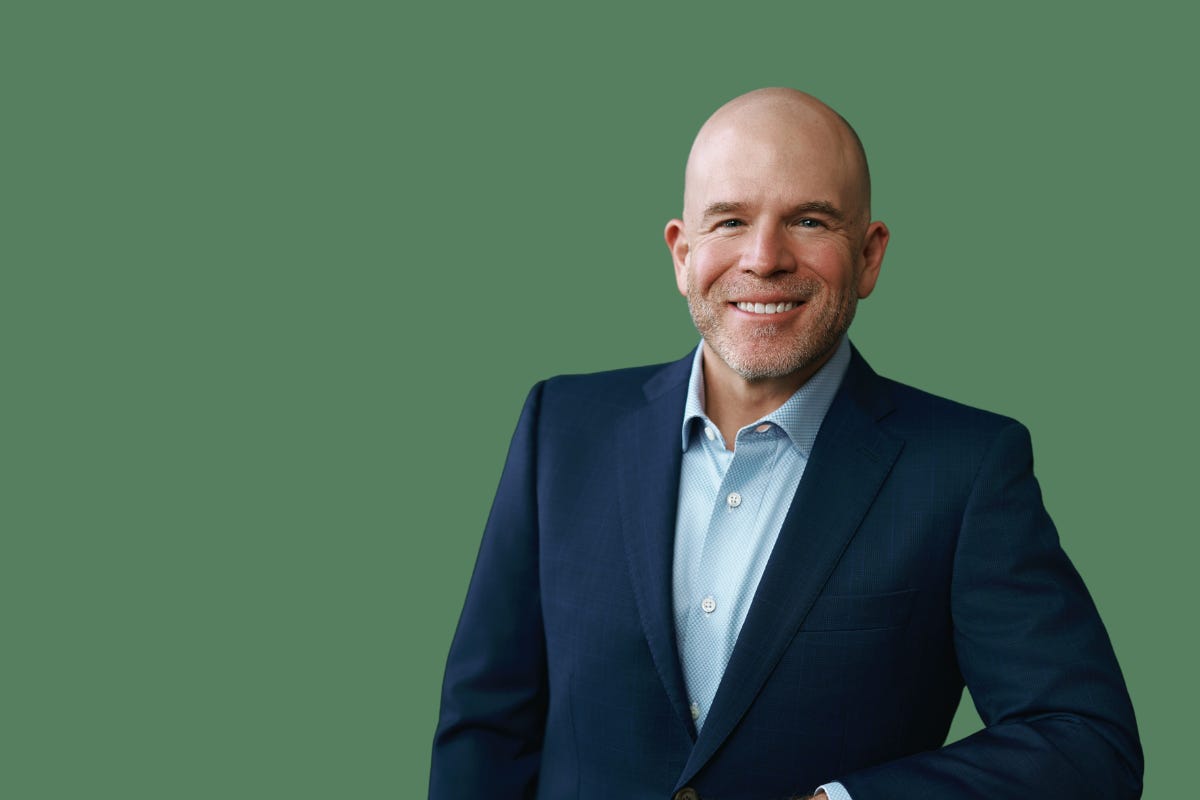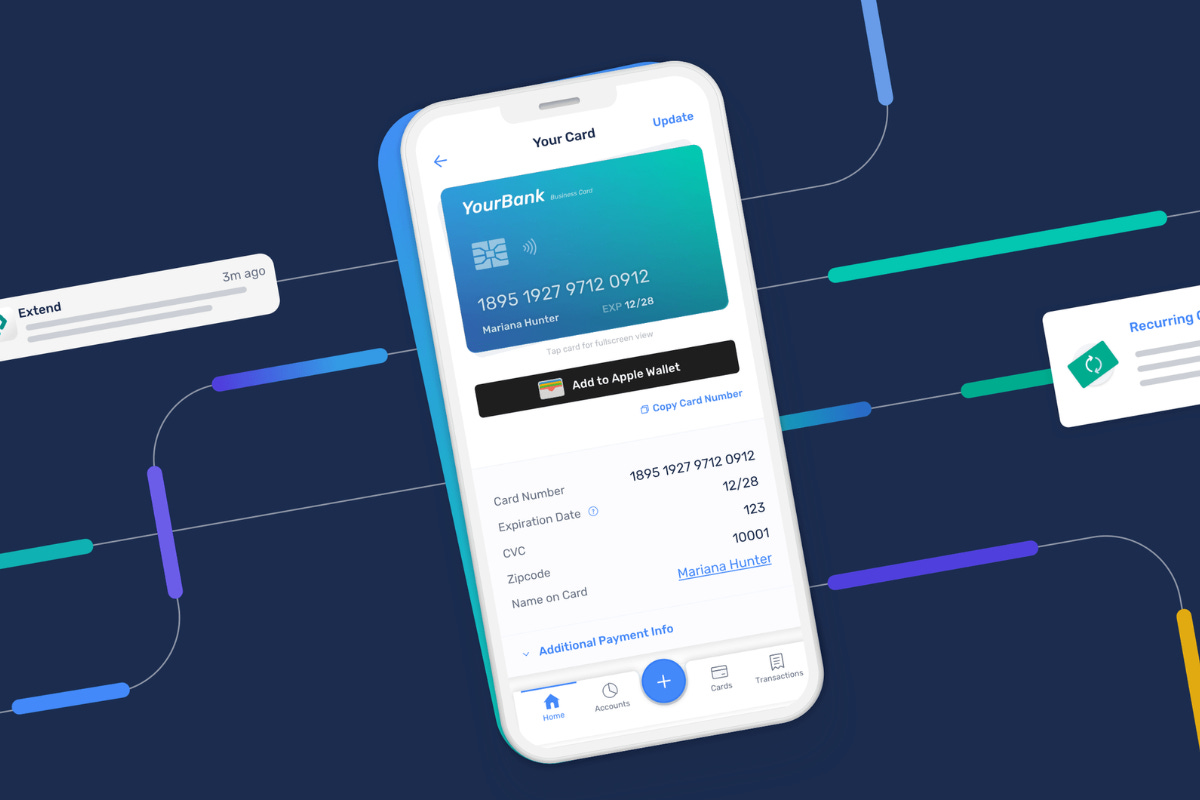Fintech Marketers Beware: You’re Competing With 15 Billion Scam Ads Per Day on Meta 🇺🇸
Experian claiming its new score is 40% better 🇺🇸, Airwallex hitting $1B 🇸🇬, Affirm’s debit card invasion 🇺🇸 & virtual cards' $17.4 billion global explosion 🌍
Hi Global Fintechers,
I made a few changes to the newsletter to refocus on my specific fintech expertise, which is undeniably growth.
And growth is something that everybody in fintech care about, as it’s the main thing that distinguishes traditional financial institutions from fintechs. Sure, fintechs tend to be better at tech, but in order to carve their niche in the marketplace and raise money, what they need to do is use this tech to grow faster than traditional finance businesses.
As a result, starting this week, we will highlight a growth metric at the end of each of our story, and each story will be selected based on their relevance for an audience looking to grow faster.
I also added a fintech ad of the week at the end, to give you a reason to read the whole thing.
PS: I thought about adding a podcast of the week in the newsletter, but to be honest, while I do listen to many podcasts, there are many weeks during which I don’t listen to any pod worth mentioning. That said, I came across two excellent episodes recently: an in-depth interview with Capital One founder Nigel Morris on Fintech Leaders and a strange interview with Coinbase COO Emily Choi on Masters of Scale, in which she insinuates that traditional banks discriminate on the basis of skin colour and ideology.
🇺🇸 Fintech Marketers Beware: You’re Competing With 15 Billion Scam Ads Per Day on Meta

Beware FinTech CMOs, your ads on Meta may be competing with 15 billion scam ads impressions shown every day across Facebook, Instagram and WhatsApp. Instead of blocking suspicious advertisers, Meta often charges them higher rates unless its systems are at least 95% certain fraud is taking place, according to internal Meta documents obtained by Reuters. The documents also show that up to 10% of the company’s 2024 revenue, roughly 16 billion dollars, came from scam or prohibited ads.
Industry figures say the problem is structural rather than accidental. Richard Berry, Managing Director of Good Money Guide, described it as “a corrupt business model” in a LinkedIn post, citing deepfake ads using his content that took Meta 1,024 days to remove. He added that UK regulators have “no power” to compel the company to act despite issuing thousands of takedown requests.
Marcus Mølleskov, Chief Risk and Compliance Officer at Januar, argued that platforms like Meta should be held liable like banks. “If politicians made Meta liable for the losses caused by their platforms, they would clean it up instantly,” he wrote on LinkedIn, noting that Revolut found 66% of all scam payments it reported originated on Meta platforms.
Meta’s internal research found its platforms are involved in about one-third of successful scams in the US. In a response to Reuters, Meta says the revenue estimate is overstated, but acknowledges fines are likely. The company claims that scam reports have dropped by 58% in the past 18 months and that it has removed over 134 million scam ads this year. Internal targets aim to reduce illicit ad revenue from 10.1% in 2024 to 7.3% in 2025 and to 6% in 2026.
Growth Metric: 15 billion scam ads per day
Meta estimated that one in every ten dollars it earned in 2024 come from scam and prohibited ads.
Source: Reuters
🇺🇸 Need a Chief Risk Officer but Can’t Justify the Full-Time Hire? Matthew Komos Has the Solution
SPONSORED - When risk oversight starts stretching your bandwidth, OGMA Risk & Analytics steps in. Founded by Matthew Komos, former VP at TransUnion and 25-year risk management and analytic veteran, OGMA delivers fractional CRO expertise to fintechs and financial institutions.
Their Fractional Chief Risk Officer and Risk Department On Demand programs give immediate access to top-tier risk leadership, analytics, and compliance expertise without the full-time cost. Whether you’re scaling, facing regulatory scrutiny, or building your governance framework, OGMA embeds seamlessly with your team to bring structure, clarity, and control.
Because in a fast-moving market, managing risk shouldn’t slow your growth: it should drive it.
🇺🇸 Experian’s New Scoring Model Aims to Expand Loan Access for Thin-File Borrowers

US-based credit bureau Experian has released a new underwriting score that combines traditional credit data with cash flow, trended, and alternative data. Dubbed the Experian’s Experian Credit + Cashflow Score replaces multiple standalone products and uses real-time bank transaction data to help lenders approve thin-file and subprime borrowers. The score ranges from 300 to 850, matching the familiar FICO scale.
Early internal tests show a 40% improvement in predictive accuracy compared to conventional models, which could help lenders approve more applicants without increasing risk.
Unlike previous products, the Credit + Cashflow Score replaces separate models and does not require Plaid data, using Experian’s own bank transaction feeds and Clarity Services’ alternative credit dataset.
Scott Brown, group president of financial and marketing services for Experian North America, says the goal is to let lenders “say yes” more often, while maintaining risk controls. For fintechs, declining less applicants means they could potentially spend more per lead or even use new channels that would not have been profitable before.
If this new score live up to its promesses, it could also mean more competition for large subprime lenders like Capital One, SoFi or Upstart, whose proprietary credit risk models was one their most important moat.
Growth Metric: 40% Predictive Lift
Experian’s internal testing shows the combined score is 40% more accurate than traditional credit models.
Source: American Banker
🇺🇸 Instant Payouts Drive 60% Repeat Use, Survey Finds
A new PYMNTS Intelligence and Ingo Payments survey shows that instant payouts do more than move money fast: they also keep users coming back. The survey tracked over 4,000 US adults, including 2,200 payout recipients across wages, lending, insurance, and gig platforms, and found that nearly six in 10 recipients who try instant payments once make it their preferred way to receive funds. For those who depend on disbursements as core income, like gig workers, that number climbs even higher. Instant payouts can reduce churn and increase repeat usage, especially for lenders, gig platforms and insurance apps that compete on user experience.
Growth Metric: 60% Reuse Rate
6 in 10 payout recipients who try instant once make it their preferred method for all future disbursements.
Source: PYMNTS
🇸🇬 Airwallex Doubles Revenue to $1B by Targeting Global-First Customers Ramp and Brex Don’t Serve

Singapore-based payment processor and spend management platform Airwallex has doubled its annualized revenue from $500 million to $1 billion in just one year on the back of a global strategy.
The company also posted 90% year-over-year growth with gross margins above 60%, CEO Jack Zhang told Fortune. The company expects to return to profitability in Q4 2025. It took nine years to reach the first $500 million mark.
Previously, Airwallex reported on their blog of a strong global momentum in 2024, with revenue up 73% year-on-year and transaction volume rising 60% worldwide as of August of last year, with Asia Pacific region remaining a key driver of that growth, delivering an 83% revenue increase and 49% rise in transaction volume in Q3 of 2024.
In a separate interview with the Financial Review, co-founder Lucy Liu said the company is expected to double its revenue, even reaching $3 billion in the next 12 months. Unlike US-focused competitors in the spend management vertical, such as Ramp and Brex, Airwallex targets companies operating across multiple jurisdictions.
That segment remains underserved, and the bet is paying off, as Airwallex is expanding rapidly outside of its stronghold of Asia and Oceania. Indeed, 35% of the fintech’s revenue is now coming from North America, Europe, the Middle East and Africa, where the company had virtually zero revenue three years ago.
Growth Metric: 90% Year Over Year Growth
Airwallex doubled revenue from $500M to $1B in just one year and expects to return to profitability in Q4 2025.
Sources: Fortune & Financial Review
🇺🇸 Affirm’s Debit Card Lifts Revenue 34% as BNPL Pushes Into Credit Card Territory

The U.S.-based “Buy Now, Pay Later” (BNPL) company, Affirm reported a strong 34% year-over-year revenue growth in its first fiscal quarter of 2025. This growth was largely driven by its Visa-linked Affirm Card, which allows consumers to split purchases over time without interest, appealing especially to millennials and Gen Z. The card now has 2.8 million users, having added 500,000 new cardholders during the first quarter of 2025.
The Affirm card was first announced in 2021 and was then launched in 2023. Interestingly, this growth comes despite Affirm’s founder Max Levchin once declaring his product as the “anti-credit card”. The Affirm Card’s expansion into everyday spending traditionally dominated by credit cards represents an ironic evolution of BNPL toward becoming more like mainstream credit products. Affirm’s low-cost model and no late fees policy differentiate it from competitors like Klarna and Afterpay, which still generate revenue from late fees.
In an interview with the Financial Times last month, Levchin said companies that depend on such charges are effectively masking weak credit assessment.
Affirm says it cannot match credit cards on acquisition cost, but its low-cost model and growing card base suggest continued share gains, especially among millennials and Gen Z, who are wary of traditional credit products. More than half of US shoppers now use BNPL, according to Newsweek, and Morgan Stanley data shows 86% choose it to avoid interest.
Growth Metric: +22% Cardholders In One Quarter
Affirm added 500,000 new cardholders in the first quarter of 2025, accumulating a total of 2.8M cardholders, helping drive a 34% YoY revenue increase during the same quarter.
Source: CardRates.com, Financial Times & CNBC
🌍 Travel Sector to Drive Virtual Cards Usage to $17.4B by 2029
UK-based research firm Juniper Research forecasts that virtual card revenue will grow from $5.2 billion in 2025 to $17.4 billion in 2029, with the B2B sector making up 83.5% of total value by 2029. The use of virtual cards in the travel sector is set to grow the fastest in 2026 because more online travel platforms are processing payments themselves instead of using third parties, and airlines are upgrading to newer booking and payment systems that avoid old, slower settlement methods.
According to the research, Booking.com’s revenue from its merchant model jumped 21% in a year, and online travel agencies now need efficient ways to pay suppliers in different countries and currencies. Virtual cards help because they automate reconciliation, control spending, make safer payments, cut foreign exchange costs, and speed up payments to airlines, hotels and other travel partners.
Growth Metric: Virtual Cards To Grow 330% in 4 Years
Virtual card revenue is projected to grow 330% from $5.2 billion in 2025 to $17.4 billion in 2029, with B2B travel payments driving 83.5% of total value.
Source: Juniper Research
Fintech Ad of The Week: Kalshi Try To Convince Kids To Gamble on Sports
US-based prediction market platform Kalshi’s latest campaign is built for the swipe-first generation that increasingly scrolls past anything that looks like a traditional ad. Instead of polished studio shots, it opens with quick, vertical street interviews filmed in what appears to be university campuses.
After asking many students what is the best NBA team, the video that looked like a typical TikTok video turn into an ad, when the interviewer ask one the student if he knows what Kalshi is. Unsurpringly, he does not know, and the interviewer proceed to explain to him that it’s an app that allow anyone to bet on their favourite sports or any other events.
This ad is one of many in the same style used by Kalshi to advertise on Facebook, Instagram and TikTok.
This approach seems to be working, since Kalshi recorded 4.4 billion dollars in volume in October, including 1.1 billion dollars in sports trades in a single week, according to Bitget. The company also recently raised over 300 million dollars from Sequoia, Andreessen Horowitz and others, valuing the platform at $5 billion.
Upcoming Fintech Events
🇩🇪 Banking 4.0 and Banking Innovation Conference will be held in Berlin on November 20–21, 2025 (€1,299–€4,999), with speakers such as Kamini Belday (Head of Global Payments & Transformation Executive, IBM), Sonja Marjanovic Vucic (Chief Data Officer, NLB Banka a.d. Banja Luka), and Nicole Onuta (AI Business Transformation Strategist, ING).
🚨 Save €100 on tickets using the promo code RQM8TEFV!
🇺🇸 RegTech Summit NYC will be held in New York City on November 20, 2025 ($995.50), with speakers such as Kenneth Lamar (Principal Partner, Lamar Associates LLC), Kristi Kunworee Baishya (AVP – Data and AI Product Management, Nomura Holding America), and Sepehr Irandoost (Head of Global Surveillance Calibration and Effectiveness, Bank of America).
🚨 GFI Exclusive Offer: Enjoy a 15% discount on tickets using the GFI15 promo code!
🇬🇧 Fintech Connect will be held in London on December 2–3, 2025 (£299), with speakers such as Aleksi Grym (Head of Fintech, Bank of Finland), Apoorv Kashyap (Head of AI, Santander UK), and Ben Brophy (Head of Institutional Growth, Europe, Solana).
🚨 GFI Exclusive Offer: Enjoy a 20% discount on tickets using the AAA-PTN20 promo code!
🇨🇳 Insurtech Insights Asia will be held in Hong Kong on December 3–4, 2025 ($299–$1,999), with speakers such as Huynh Thanh Phong (Group CEO, FWD), Edward Moncreiffe (CEO, Insurance, HSBC Life), and Masashi Namatame (Group Chief Digital Officer, Tokio Marine).
🚨 GFI Exclusive Offer: Enjoy a 25% discount on tickets using the GFI25 promo code!
Who Am I?
Hi, my name is Julien Brault.
From 2017 to 2024, I was the CEO of Hardbacon, a fintech I co-founded, which reached 400,000 unique visitors at its peak.
A Google update ultimately sealed the company’s fate, and I started this newsletter to keep myself busy in the aftermath.
I then launched an another fintech affiliate site called MooseMoney, but I still find the time to publish this newsletter weekly.
Why share this?
Because my goal is to use my experience as an economic journalist, fintech entrepreneur and product manager to present the most essential fintech news from around the world through the eyes of an insider.
If you like what I do, feel free to share this newsletter and follow me on LinkedIn, X, Reddit, YouTube & TikTok.
If you would like me to accompany you on your fintech entrepreneurship journey and provide you with ongoing feedback, feel free to hire me as coach on MentorCruise.
If all you need is to pick my brain on specific topic in the field of fintech marketing, product or strategy, feel free to book a one hour consulting call with me instead.
P.S : Once you refer a new subscriber to the newsletter using your unique share link, you'll receive a personalized social media shout-out from me to promote your work or professional profile. Just write to me at jrbrault@icloud.com once your referral is confirmed on our leaderboard and include your social media account(s) URL(s) and who you are.








